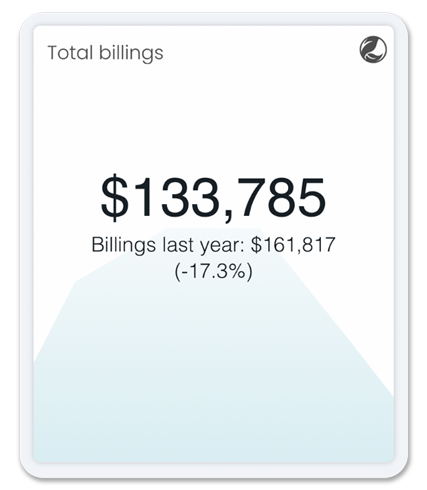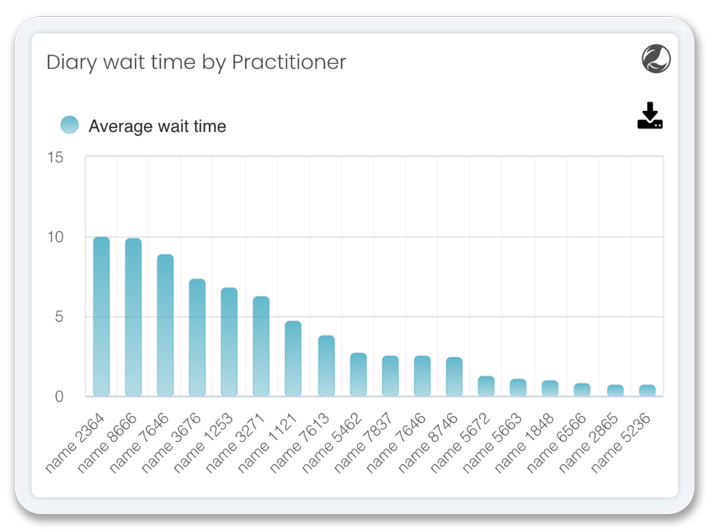How you can use data to attract and retain doctors
- Cubiko, Data
- Chris Smeed
- January 12, 2023
Over the last few years Australia’s healthcare sector has had its challenges when it comes to retaining and recruiting new doctors. I am sure we have all experienced the difficulty of finding the right candidate for your practice without the added pressure of workforce shortages.
The following article will discuss some strategies you can put in place to help give your practice a competitive advantage during the current workforce shortage.
According to the Australian Medical Association (AMA) it is expected that the shortages in Australia’s healthcare sector will continue to rise to more than 10,600 GPs by 2031-2032 due to our growing population and increased community demand.
Doctors and health professionals are at the core of your medical practice. Without them, you can’t run and operate a successful general practice. With this in mind, it’s important that you put strategies in place to ensure that your practice has the competitive advantage.
With a greater number of Millennials and Gen Zs entering the healthcare workforce, this means that practices will need to continually adjust their offerings to meet the changing expectations of the workforce. This can be from promoting the use of data in your practice to offering a digitally empowered workplace. When today’s doctors are looking to join your practice, they’re joining you for:
- A great culture
- A workplace with efficient and safe processes
- A well-run practice that helps them deliver great healthcare
- A supportive multi-disciplinary healthcare team
- To support the local community
- The impact they can have on their patients
- The opportunity for you to help them grow their professional and clinical skillset
Empowering the team through data
If you know me, you know that I am a certified data nerd. I am a big believer in the impact that data can have on your practice. Data plays a key role within the practice, and when used correctly can empower your team to perform their best.
Imagine you’re a general practitioner, how powerful would it be to know each day, week, month, quarter, or year the following data points:
- Total billings vs practice average
- Patients per hour vs practice average
- Diary wait time vs practice average
- Bulk billing percentage
- Opportunities today
Using these kinds of insights, practitioners are able to provide much better patient care and spend far less time wondering how they’re actually performing.
Enabling your doctors to measure their billings per hour as well as patients per hour against the practice average, gives them a very clear insight into how they’re operating as a sole trader within the practice, and further gives you the opportunity to work collaboratively with them to improve the way they deliver care and they way they bill.
Being able to demonstrate that you can work with doctors in this capacity is a very attractive sentiment for any practitioner looking to work with a great clinic.


Avoiding burnout through positive reinforcement
Doctor burnout is a real issue in the healthcare industry. A survey conducted by the AMA in 2017 found that there were generational differences between older and millennial practitioners and how that may affect doctor burnout. According to the survey, millennial physicians place great importance on having a work-life balance than their older counterparts.
With the workforce shortage the healthcare sector is currently experiencing, and a millennial workforce having a higher tendency to experience burnout it’s essential that you put some steps in place to support your physicians and minimise burnout.
Positive reinforcement and regular feedback are two great ways to improve the happiness of your GPs at work. Feedback (positive or constructive) has a time and place; before delivering that feedback it’s important to consider what your team member’s current state of mind is. Are they in a good/stable place where they’d be receptive to receiving constructive feedback, or do they seem burnt out and in need of positive reinforcement?
Signs of burnout include:
- Emotional exhaustion
- Cynicism
- Perceived clinical ineffectiveness
- Sense of depersonalisation in relationships with co-workers, patients or both
It’s important that you’re regularly checking in with your team and practitioners. If you start seeing early signs of burnout or signs that one is becoming less engaged with the practice, act, don’t wait! Your practice data can play a role in helping provide positive reinforcement to your team and practitioners in an effort to reengage them.
Cubiko provides customers with detailed summaries of their doctor’s key metrics. If your practice focuses on Chronic Disease Management (CDM), our customers have found it incredibly rewarding to show a practitioner’s CDM item breakdown. Look for patient outcomes or statistics that show your GPs the amazing work they are doing, it’s often very easy for them to forget the impact they have both on their patients and the practice.
As a practitioner, knowing where you sit in regard to the rest of the team can either be empowering or demoralising. For this reason, I want to emphasise you know your team best. Ensure processes or feedback loops you’re putting in place work for your team.
Cubiko provides customers with detailed summaries of their doctor’s key metrics. If your practice focuses on Chronic Disease Management (CDM), our customers have found it incredibly rewarding to show a practitioner’s CDM item breakdown. This data helps demonstrate the clinical impact the doctor has on their patients.
As a practitioner, knowing where you sit in regards to the rest of the team can either be empowering or demoralising. Again, I want to hark back to you know your team best. Ensure processes or feedback loops you’re putting in place matches your team.
Using data to attract new doctors
You’re interviewing a potential new contractor. You sit down with them, they ask the inevitable questions:
- How large do you think my patient base will be now, in 3 months, in 6 months or more? How will you, as a practice, help support this?
- What are my expected billings for my regular contract hours?
If you don’t have the data, these are tough questions to answer. Showing that you have these answers readily available, and how you’ve worked this out can give you a big competitive advantage. It shows that as a practice, you are committed to understanding how your practitioners work and how you can support them in their roles.
Before sitting down to conduct interviews, I recommend running reports in your practice management system of choice or using Cubiko; which takes a few clicks, to bring up your actual data to discuss with candidates.
I recommend focusing on:
- The number of FTE practitioners currently in your practice
- The current billings are per FTE
- The average number of patients per FTE
- The average billings per hour and the top billings per hour
This will give your potential new hire the confidence to join your team because you’ve highlighted that you care about your team. More importantly, shows that your practice can set them up for success.
Trusted, reliable, loved by practices







